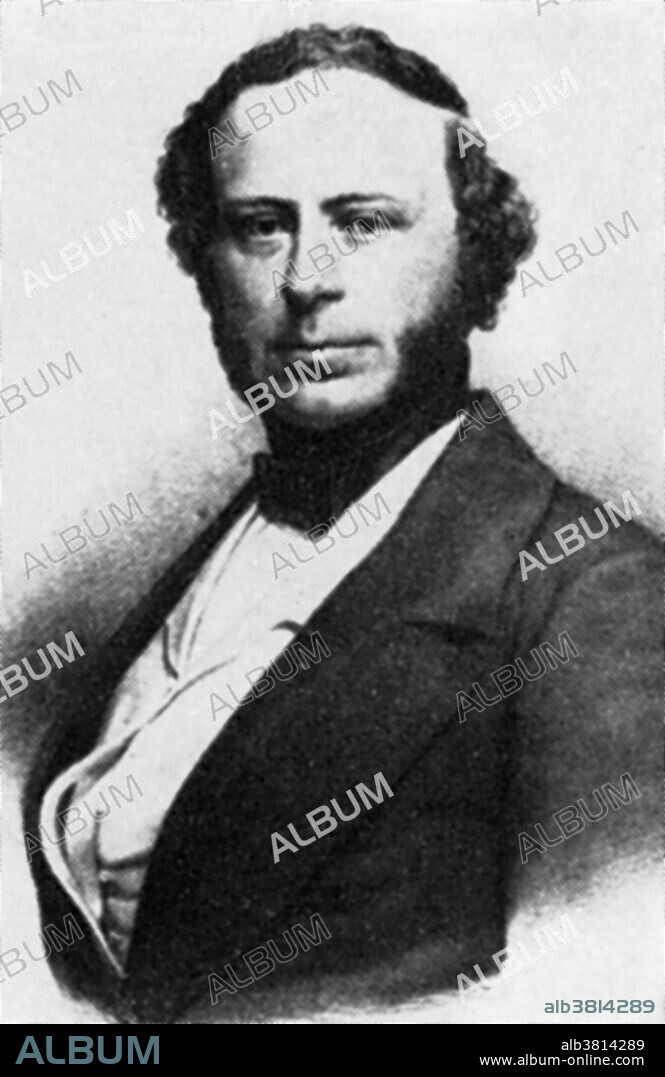alb3814289
John Ericsson, Swedish-American Inventor

|
Añadir a otro lightbox |
|
Añadir a otro lightbox |



¿Ya tienes cuenta? Iniciar sesión
¿No tienes cuenta? Regístrate
Compra esta imagen

Título:
John Ericsson, Swedish-American Inventor
Descripción:
Ver traducción automática
John Ericsson (1803-1889) was a Swedish-American inventor and mechanical engineer. He is remembered best for designing the steam locomotive Novelty (with engineer John Braithwaite) and the ironclad USS Monitor. Ericsson also invented the caloric engine in the 1820s which used hot air instead of steam as a propellant. Its boiler-less design made it a safer and more practical means of power for small industry and his incorporation of a 'regenerator' heat sink made it very fuel-efficient. He also invented: surface condenser (water-cooled shell and tube heat exchanger), the solar machine, using concave mirrors to gather sun radiation strong enough to run an engine, hoop gun (gun production technique that uses multiple layers of tubes to form a built-up gun) construction and the propeller (a type of fan that transmits power by converting rotational motion into thrust).
Crédito:
Album / Science Source / New York Public Library
Autorizaciones:
Modelo: No - Propiedad: No
¿Preguntas relacionadas con los derechos?
¿Preguntas relacionadas con los derechos?
Tamaño imagen:
2574 x 3962 px | 29.2 MB
Tamaño impresión:
21.8 x 33.5 cm | 8.6 x 13.2 in (300 dpi)
Palabras clave:
1803 • 1889 • AMERICA • AMERICANO • ARTE • BARCO DE GUERRA • BLANCO Y NEGRO • DIBUJO • ESTADOS UNIDOS DE AMERICA • ESTADOS UNIDOS • FAMOSO • FIGURA • GENTE • GRABADO • GUERRA CIVIL • HISTORIA • HISTORICO • HOMBRE • HOMBRES • ILUSTRACION • IMPORTANTE • INGENIERO • INVENTOR • LOCOMOTORA A VAPOR • LOCOMOTORA VAPOR • MASCULINO • NOVEDAD • OBRA DE ARTE • PERSONA • PERSONALIDAD • PERSONALIDADES • RETRATO DE HOMBRE • RETRATO • SIGLO XIX
 Pinterest
Pinterest Twitter
Twitter Facebook
Facebook Copiar enlace
Copiar enlace Email
Email
